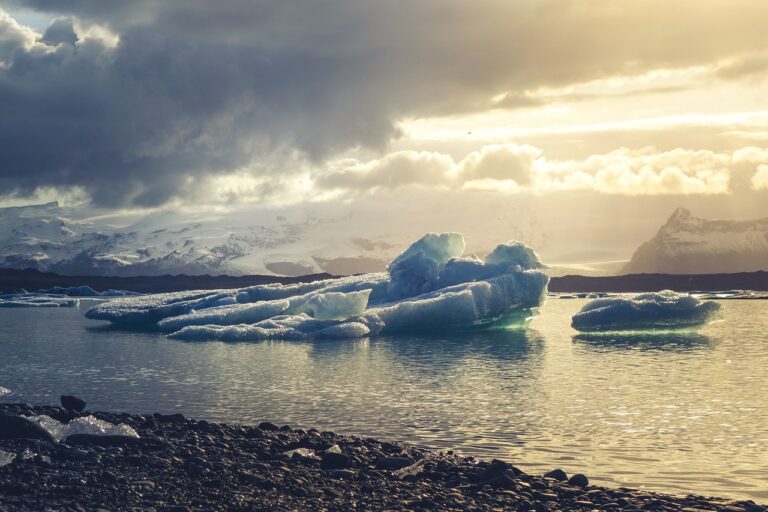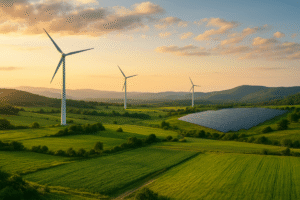Everything revolves around the 1.5 degree limit for global warming. All the meetings and discussions that took place at COP27 summit in Sharm el-Sheik aim at limiting global warming. So as to curb and contain climate change.
And, as we know, since COP21, and thus the famous Paris Agreements, the limit is to strive to keep well below the 2 degree Celsius increase in global average temperatures compared to pre-industrial times.
More precisely, climate experts have stressed in many quarters, the limit not to be exceeded is 1.5 degrees for global warming. In the knowledge, already an overall warming of 1.5 degrees will have serious and irreversible consequences.
EU officials declared that, with a good strategy, it should be possible to contain global warming to within 1.5 degrees by the end of the century. But why is the limit precisely 1.5 degrees?
Table of Contents
Why is the limit 1.5 degrees for global warming?
Johan Rockström from the Potsdam Institute for Climate Impact Research is one of the world’s best-known climate scientists.
Rockström is keen to emphasise that the 1.5° target is by no means something comparable to the goals of other political negotiations. And that there is no space for compromises.
“A growth of 1.5 degrees is not an arbitrary number, it is not a political number. It is a “planetary boundary” […] Allowing temperatures to rise beyond this threshold would irreversibly increase the risk of climate change. Beyond this limit, for example, there would be a loss of summer ice in the Arctic. […] And again, Greenland ice would melt, raising sea levels. Rising temperatures above 1.5 degrees would change the Gulf Stream, causing huge disasters for agriculture, biodiversity, and so on.”
The “Planetary boundary” of 1,5 degrees
What are planetary boundaries? In short, they are the boundaries that regulate life on our planet. More specifically, nine of them have been identified. Namely climate change, but also ocean acidification, land use, the water cycle, the nutrient cycle, chemical pollution, atmospheric aerosols, the ozone layer, and finally biodiversity.
These are obviously interconnected limits: the failure of one limit triggers a crisis that involves all the others.
In addition to the identification of the 9 planetary boundaries, they went further, defining for each one three levels of safety. I.e. a safe zone, a zone of uncertainty and the zone beyond uncertainty. Well, data in hand tell us that we have already passed the safe zone in 4 different boundaries.
As far as climate change is concerned, we are in the middle of the so-called ‘yellow zone’ of uncertainty. The moment the temperature increase exceeds the pre-industrial average by 1.5 degrees, we will enter the ‘red zone’. With the changes we have seen above.
That is why the limit is 1.5 degrees. And why there should be no plans that do not contemplate meeting this threshold.
Read also: Green jobs of the future, the new professions to tackle climate change












